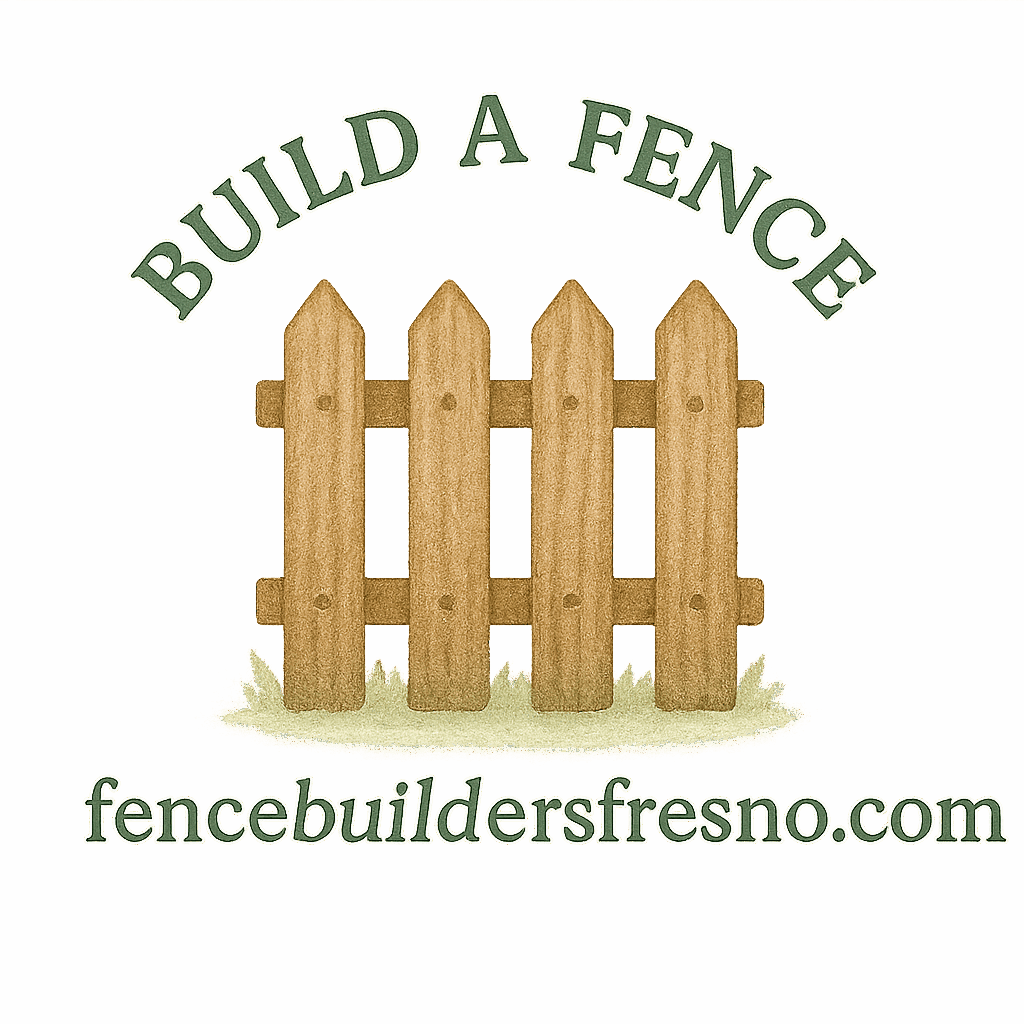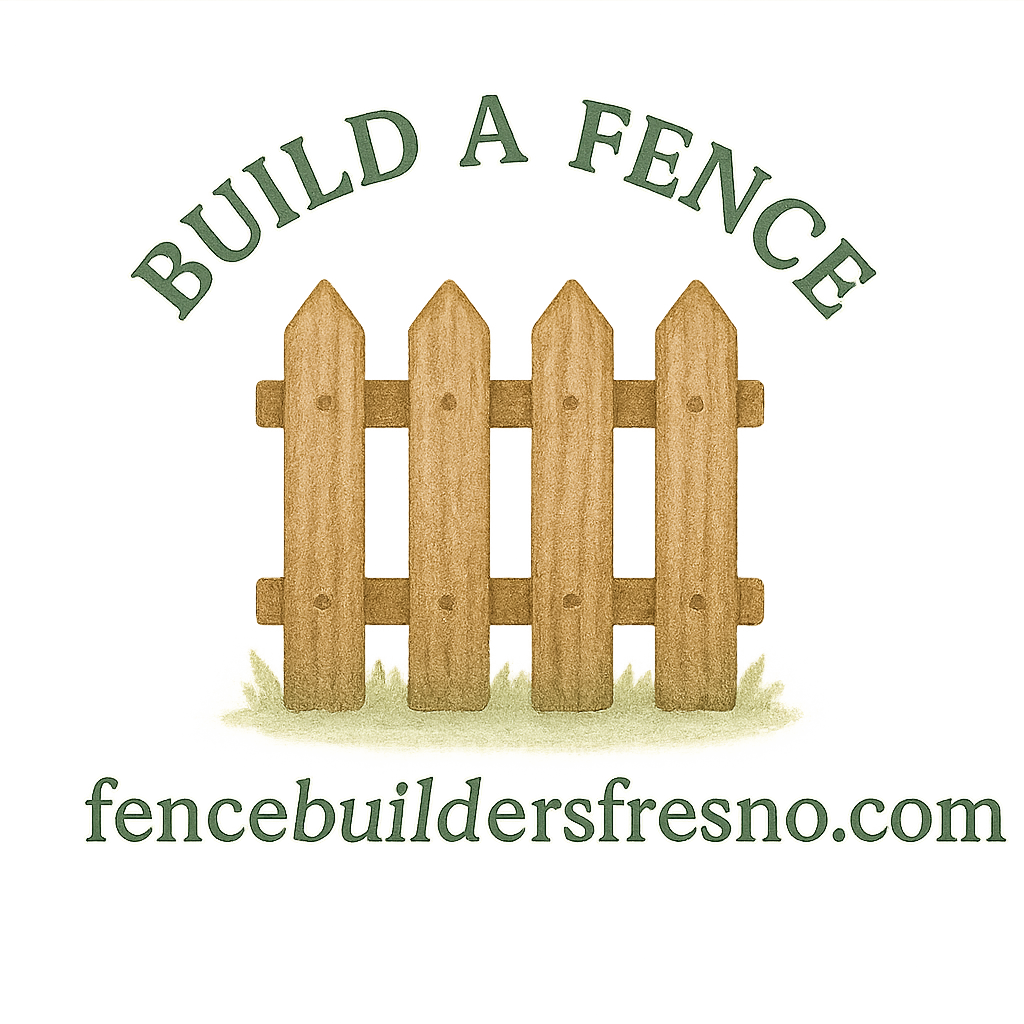Introduction: Why DIY Fencing Planning Gets Misunderstood
DIY fencing has become a popular choice for homeowners who want to save money, add a personal touch, or simply enjoy the satisfaction of completing a home project. But here’s the truth—while building your own fence can be rewarding, it’s also surrounded by a bunch of myths that often lead people down the wrong path.
If you’ve ever thought, “How hard can it be? It’s just posts and panels,” then this article is for you. Today, we’re busting 10 common myths about DIY fencing planning so you can start your project with confidence and avoid costly mistakes.
Myth #1: DIY Fencing is Always Cheaper
The Hidden Costs You Might Overlook
At first glance, DIY fencing seems like a budget-friendly solution. You skip labor costs, right? But here’s the kicker—materials, tools, permits, and even mistakes can add up fast. Buying the wrong type of wood, cutting inaccurately, or setting posts incorrectly often leads to wasted money.
A professional fence installer knows where to get quality materials at better prices. Plus, they bring expertise that saves you from rookie errors.

Comparing DIY vs. Professional Installation
Sure, you might save on labor, but factor in your time, effort, and the risk of repairs down the road. According to Fence Builders Fresno, many DIY jobs end up costing more because homeowners underestimate the true expenses.
Myth #2: Any Fence Can Be Built Without Planning
Why Fence Design and Planning Matters
Jumping straight into building without a plan is like baking a cake without a recipe—you’ll likely end up with a mess. Planning ensures your fence matches your property’s layout, local codes, and aesthetic goals.
Resources like Fence Design & Planning highlight how proper preparation saves time and reduces mistakes.
Common Mistakes Without Proper Planning
- Buying too few or too many materials
- Not accounting for slopes in your yard
- Misaligning panels and posts
Skipping planning often leads to rework, which means more money out of your pocket.
Myth #3: You Don’t Need to Check Property Lines
Legal Risks of Ignoring Boundaries
One of the most common fencing disputes comes from property line confusion. Imagine spending days building your dream fence only to discover it’s on your neighbor’s land. That’s a fast track to a legal battle.
How to Properly Identify Property Lines
Check your deed, hire a surveyor, or consult your county office. Property line considerations are essential before setting a single post. Don’t rely on “where the old fence was”—boundaries can shift over time.
Myth #4: All Fence Materials Are the Same
The Differences Between Wood, Vinyl, and Metal
Not all fences are created equal. Wood requires more upkeep, vinyl offers low maintenance, and metal delivers unmatched durability. Choosing the wrong material for your climate or lifestyle can be a costly mistake.
Choosing the Right Fence for Your Needs
Think about:
- Privacy → Wood or vinyl
- Durability → Metal or composite
- Aesthetics → Decorative fencing options
For comparisons, check out fence types.
Myth #5: DIY Fences Don’t Require Permits
Local Regulations You Can’t Ignore
Most municipalities require permits for fences above a certain height. Ignoring this step can result in fines or even orders to tear down your brand-new fence.
How to Avoid Legal Disputes
Visit your local planning office or check legal property considerations. It’s better to spend a little time on paperwork than a lot of money on legal battles.
Myth #6: Fence Posts Don’t Need a Strong Foundation
Why Post Setting Determines Fence Durability
Posts are the backbone of your fence. If they’re not set deep enough or anchored properly, your fence will wobble, lean, or even collapse during a storm.
Best Practices for Sturdy Fence Posts
- Dig holes at least one-third the post length
- Use gravel for drainage
- Secure with concrete for stability
Skipping these steps can shave years off your fence’s lifespan.
Myth #7: A DIY Fence is Maintenance-Free
Regular Upkeep for Long-Lasting Fences
No fence is truly maintenance-free. Even vinyl fences, known for low upkeep, still need occasional cleaning. Wood fences demand staining, sealing, and inspections for rot.
Maintenance Tips for Wood, Vinyl, and Metal
- Wood → Apply sealant every 2–3 years (wood fence care)
- Vinyl → Wash with soap and water
- Metal → Inspect for rust and repaint as needed
Learn more from fence maintenance guides.
Myth #8: Decorative Fences Are Weak and Pointless
The Balance Between Aesthetics and Function
Decorative fencing isn’t just for show. A well-designed fence can enhance curb appeal while still providing security and privacy.
How Decorative Fences Add Value
Curb appeal directly impacts home value. Adding a stylish decorative fence makes your property more attractive to potential buyers.
Myth #9: Neighbors Don’t Care About Your Fence
Preventing Fence Encroachment Disputes
Neighbors absolutely care, especially if your fence crosses property lines or blocks views. Fence encroachment is one of the top causes of disputes.
Building with Consideration for Community
Talk to your neighbors before building. A little communication can prevent years of tension.
Myth #10: DIY Fence Projects Are Quick and Easy
Time Commitments You Should Expect
A small front-yard fence may take a weekend, but a large backyard fence can drag on for weeks. Factors like digging, setting posts, drying concrete, and weather delays all extend timelines.
How to Simplify the Process Without Sacrificing Quality
- Rent proper tools instead of improvising
- Recruit friends for heavy lifting
- Follow a DIY fence guide for step-by-step instructions
Conclusion: Smart DIY Fencing Planning Starts With the Truth
DIY fencing is a fulfilling project, but only if you go in with realistic expectations. Don’t fall for myths that promise quick, cheap, and effortless results. With the right planning, knowledge, and effort, you can build a fence that’s not just functional but also adds beauty and value to your home.
FAQs
Q1: Is DIY fencing really worth it?
Yes, if you’re prepared for the work, costs, and upkeep. Otherwise, professional installation might save headaches.
Q2: What’s the most durable fencing material?
Metal and vinyl are highly durable, but wood offers a classic look if maintained properly.
Q3: How deep should fence posts go?
Generally, one-third of the post’s length should be underground, secured with gravel and concrete.
Q4: Do I always need a permit for a fence?
Not always, but check with your local building office—regulations vary by location.
Q5: How often should I maintain my fence?
Inspect it twice a year. Wood requires more upkeep than vinyl or metal.
Q6: Can decorative fences provide security?
Absolutely—many designs balance beauty with strength and privacy.
Q7: What’s the biggest mistake DIY fence builders make?
Skipping the planning stage, especially failing to check property lines and local codes.


